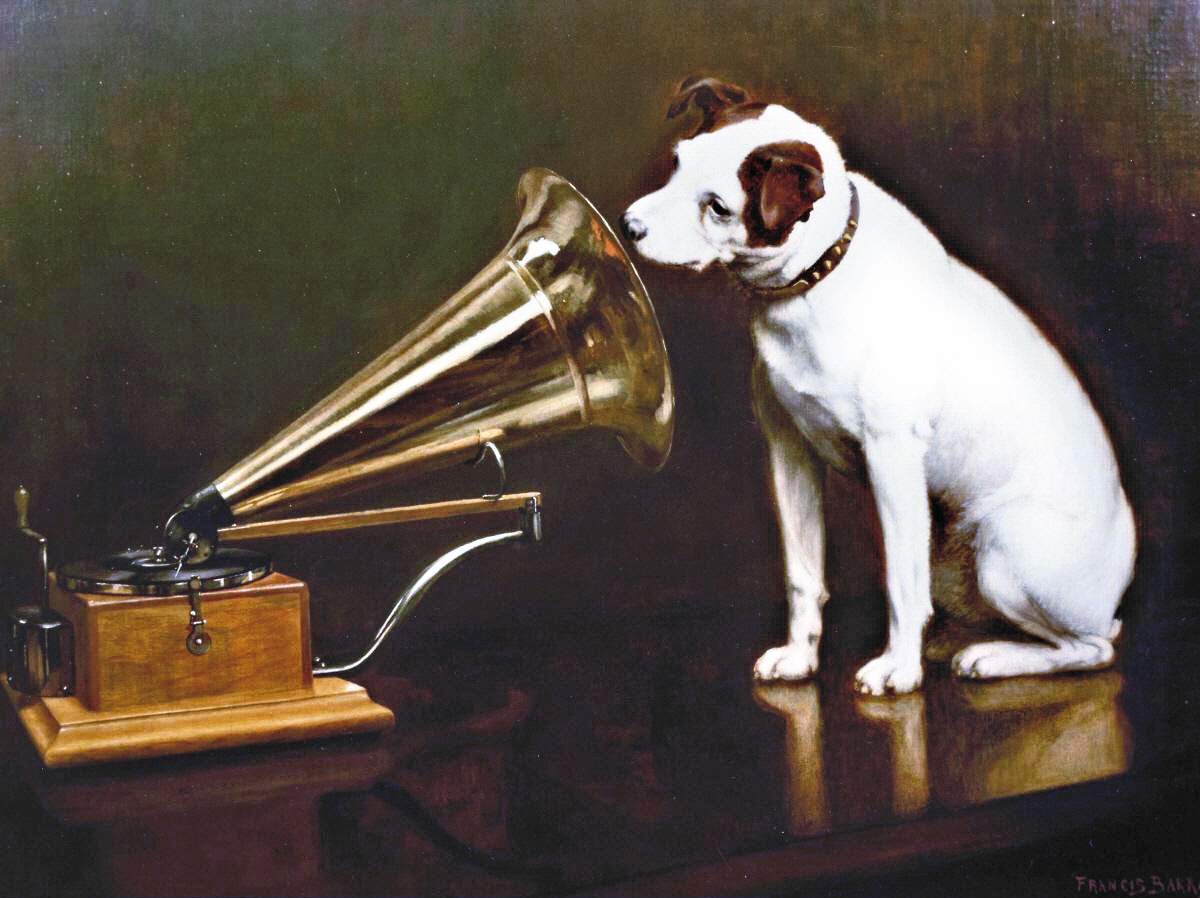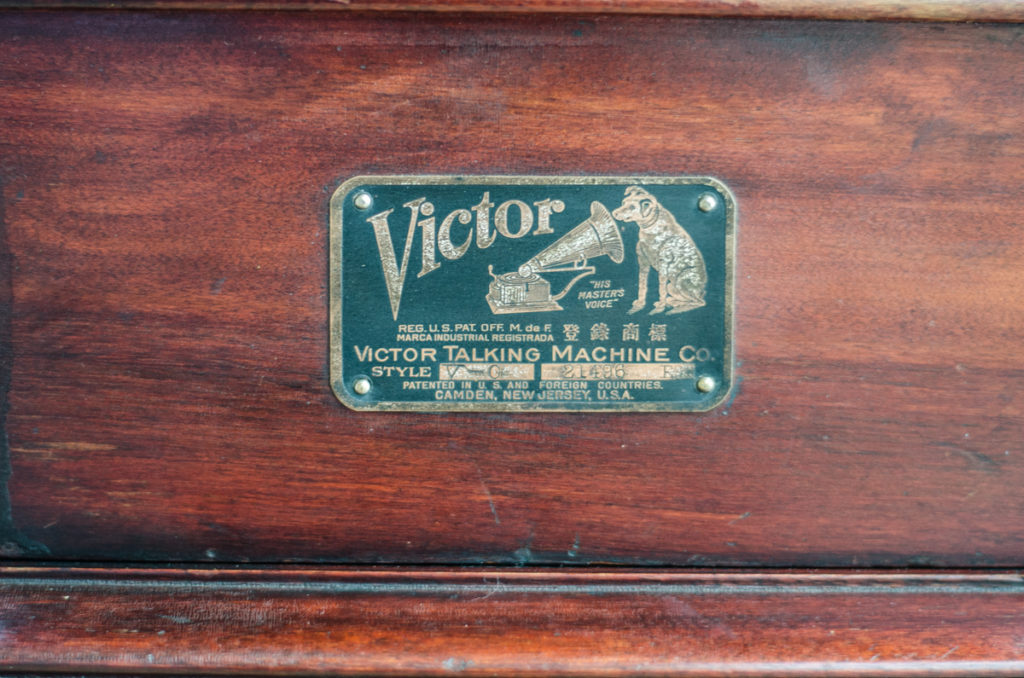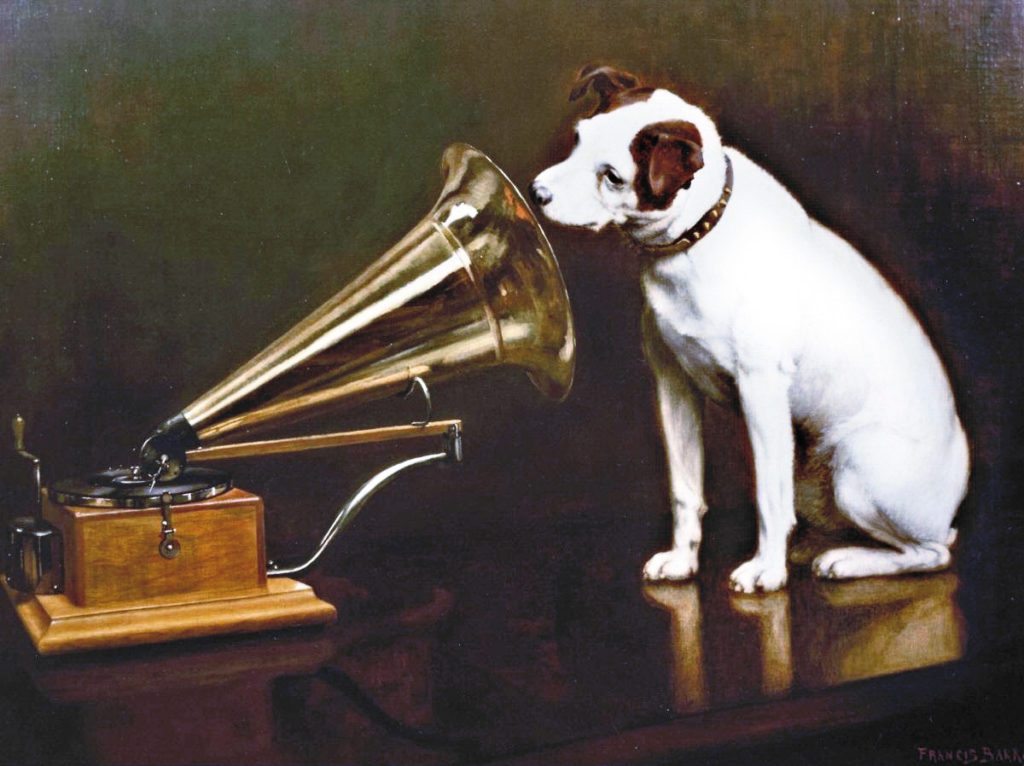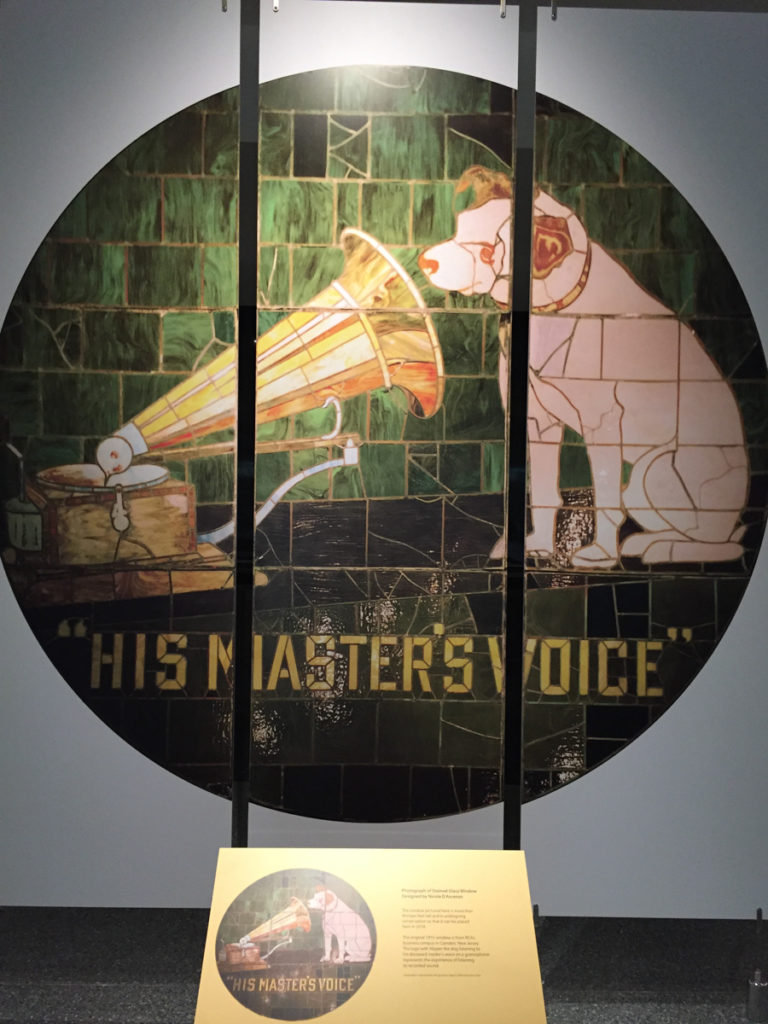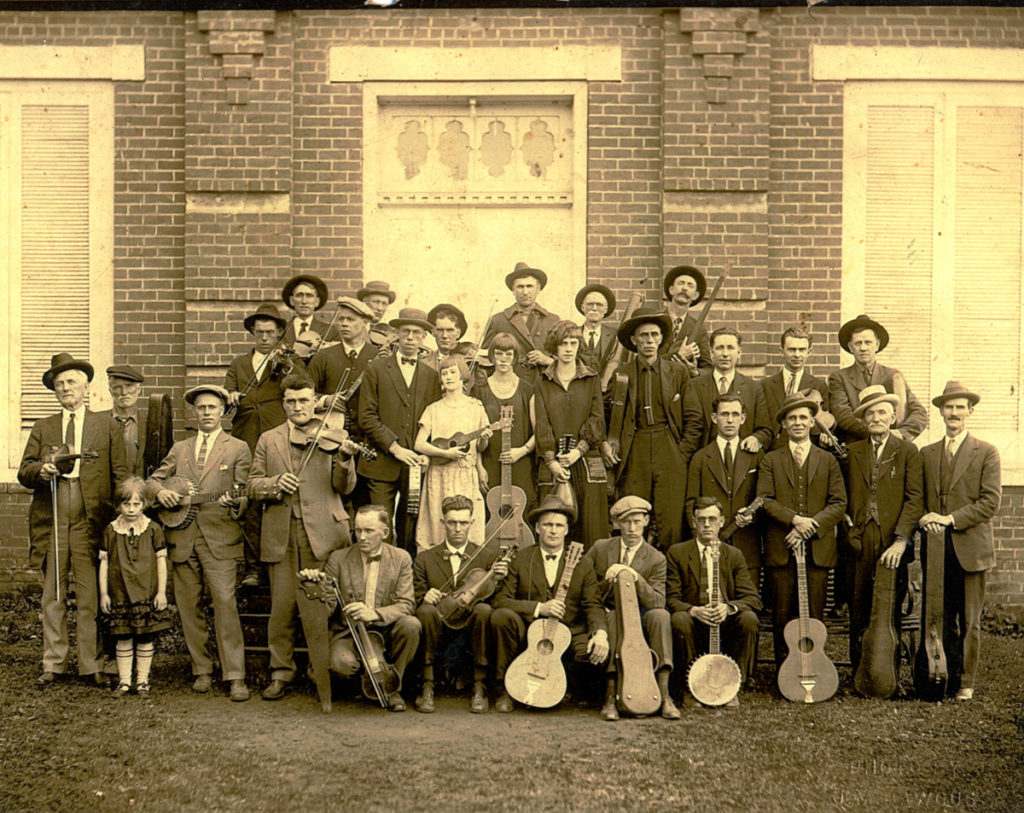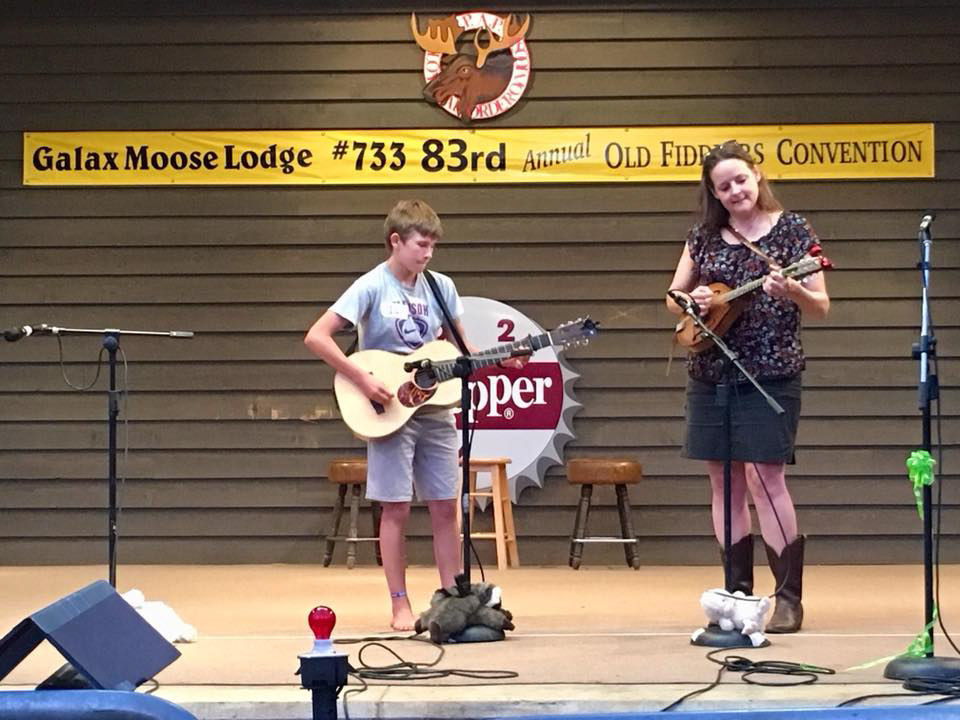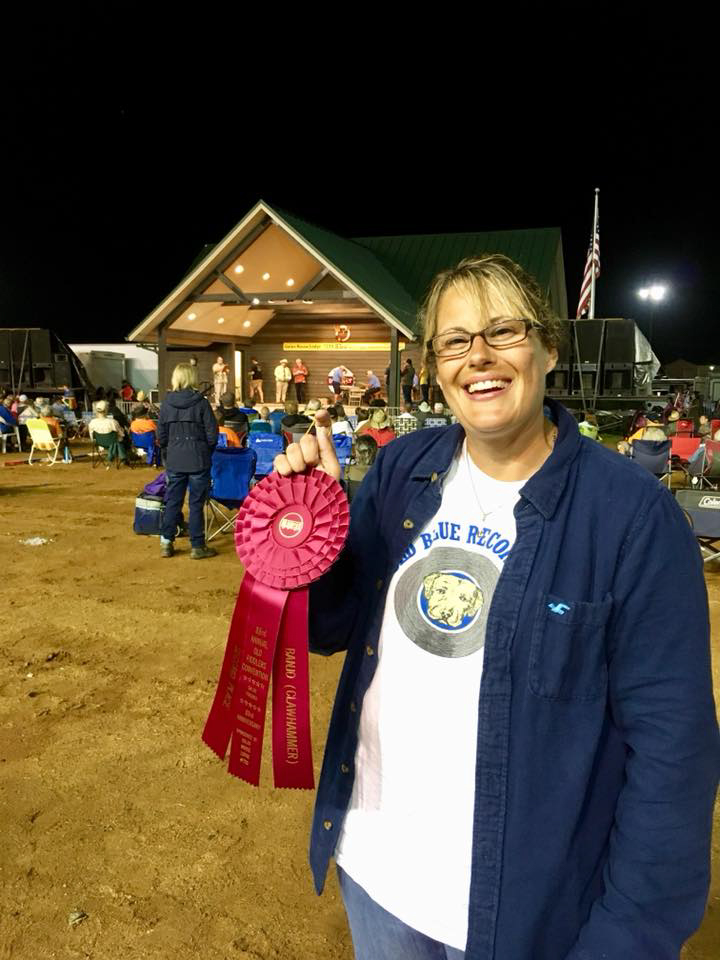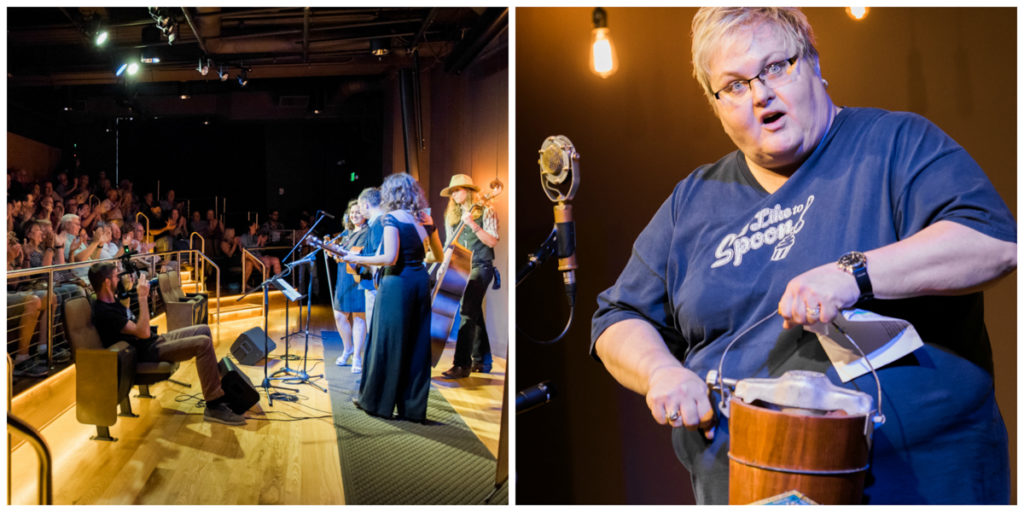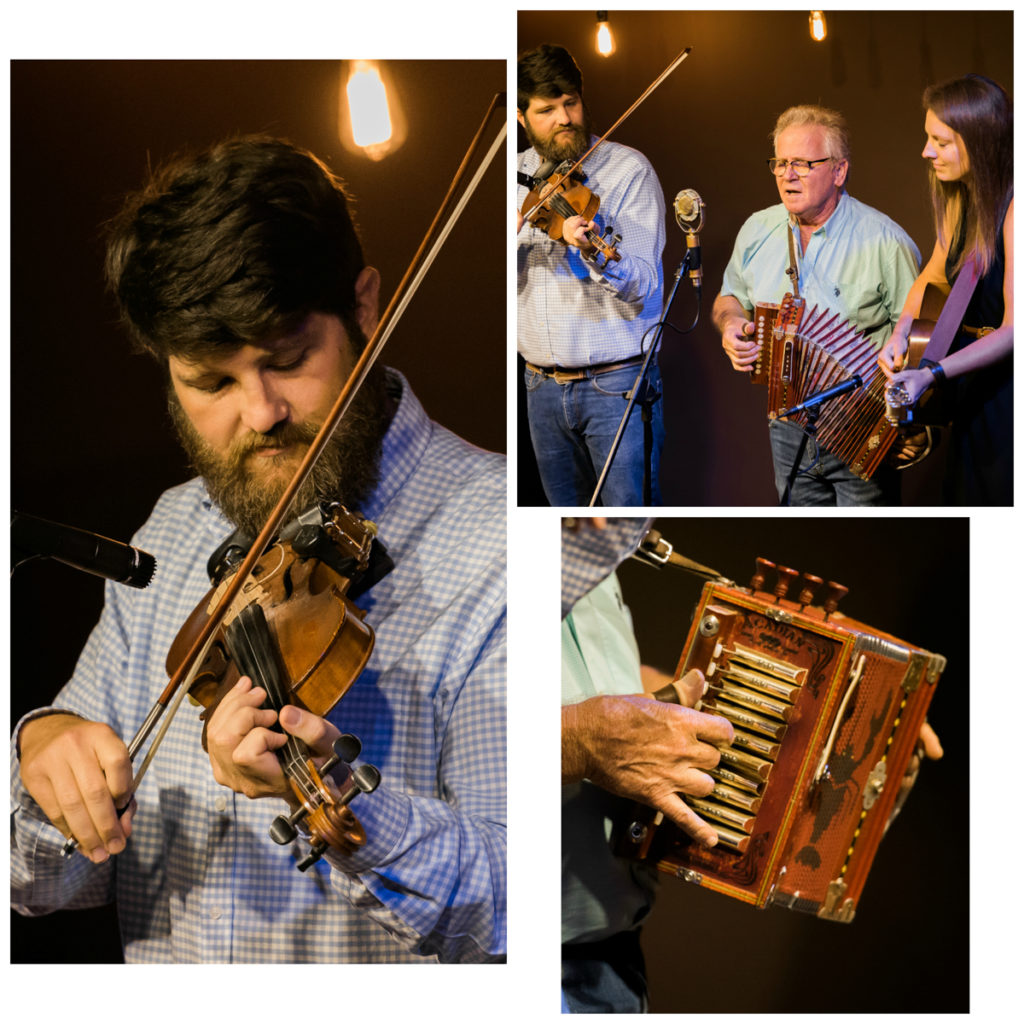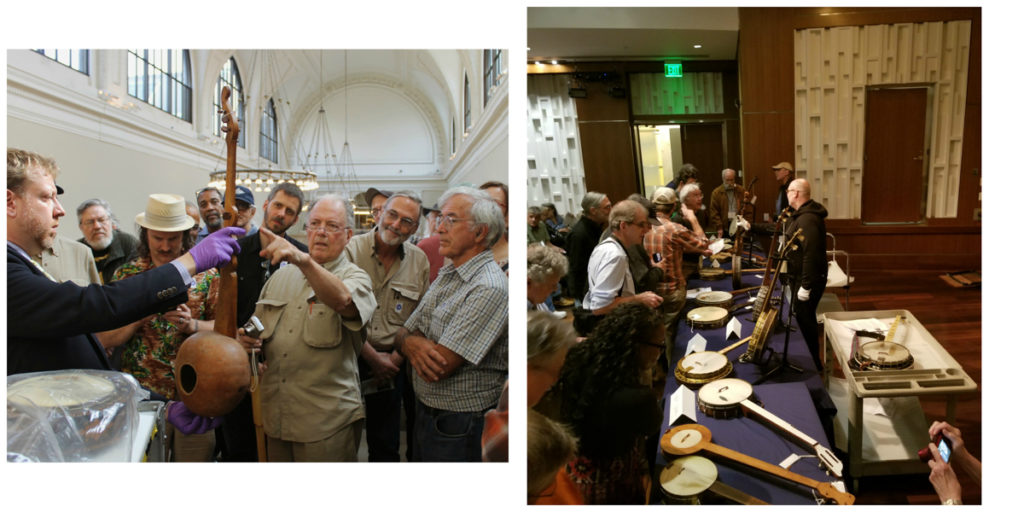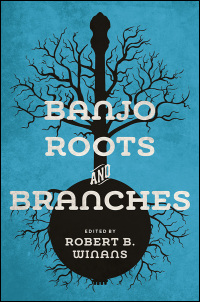For our “Pick 5” blog series, we ask members of the Radio Bristol team to pick five songs within a given theme – from heartsongs to murder ballads and everything in between! Once they pick their “5,” they get the chance to tell us more about why they chose those songs. With a diverse staff of knowledgeable DJs, we’re sure to get some interesting song choices, which might introduce you to some new music, all easily accessible by tuning into Radio Bristol!
Howdy, friends and neighbors! It’s your ole pal Boppin’ Bailey George here with the latest Pick 5 blog post!
You know me as the host of The Honky-Tonk Hit Parade where I play the finest in honky tonk, hillbilly, western swing, and rockabilly music. And while I absolutely love playing those fine country & western favorites for you, I’ll bet there is something you didn’t know about me: growing up I wanted to be a cartoonist. As a small child, I would spend all my time watching the classic Looney Tunes and Merrie Melodies shorts and laugh endlessly at the Marx Brothers and The Three Stooges. Those experiences helped to form my appreciation of the odd and irreverent.
Luckily, I quickly found there was a whole genre of music just as weird as my tastes: they were called “novelty” records. Novelty songs – especially popular in the early 20th century – were comical or nonsensical renditions, often parodies, and they sometimes focused on contemporary events or topics. Let’s explore some of my favorite titles from Wackyland together, shall we? Let’s get weird…
“Tiptoe Through the Tulips” ~ Tiny Tim
If there was a Sinatra of Slack, it would be Tiny Tim. Despite his moniker, he stands as a giant among the world of novelty recordings. No man has ever captivated an entire nation as much as Tiny Tim did in the mid-1960s. Appearing as if from Mars, his performances on The Ed Sullivan Show and Rowan and Martin’s Laugh-In, along with his many appearances on network variety shows, caused him to be the true definition of an overnight sensation. His biggest smash, “Tiptoe Through the Tulips,” was first recorded in 1929 by “The Singing Troubadour” Nick Lucas, who sung it in the Warner Brothers musical Gold Diggers of Broadway. Tiny Tim’s 1967 revival is the “national anthem” of comedy songs and is among the most popular recordings of all time.
“Daffy Duck’s Rhapsody” ~ Mel Blanc
If you think what Mel Blanc did was easy, try it yourself. Known as “The Man of a Thousand Voices,” Blanc was perhaps the greatest name in voice acting, voicing all of your favorite cartoon characters including Bugs Bunny, Woody Woodpecker, Porky Pig, Foghorn Leghorn, Barney Rubble, and literally dozens more. With “Daffy Duck’s Rhapsody,” he takes recorded music to new heights as Daffy expresses his troubles during the dangers of hunting season and his plight as a target of duck hunters, all sung with great fortitude to the melody of composer Franz Liszt’s “Hungarian Rhapsody No. 2.” Sounds interesting, right? Trust me: it is!
“Der Fuehrer’s Face” ~ Spike Jones and His City Slickers
A bona fide victory anthem for audiences during World War II, this piece of morale-boosting shellac allowed people to laugh at the horrors of the Nazis and war. Written by Walt Disney Studios staff composer Oliver Wallace for an Academy Award-winning Donald Duck cartoon, this song found its place as a huge hit among civilians and G.I.s alike. One of the greatest bandleaders of all time, Spike Jones recorded it with his group The City Slickers for Bluebird Records and turned it into the biggest hit of his career. Hitler ordered it burned. It survived, and here it is for you to listen to!
“Battle of the Kookamonga” ~ Homer and Jethro
In my humble opinion, this is the greatest record Chet Atkins produced. “Homer” Haynes and “Jethro” Burns were among the most accomplished musicians of the 20th century. Fully able to record the best in instrumental and comedy albums, they also recorded some of the finest country jazz ever committed to posterity. Masters at the high art of song parody, Homer and Jethro stepped into Nashville’s famous Studio B and let loose with the A-team on this retelling of Johnny Horton’s “Battle of New Orleans.” Turn this up and enjoy, friends. You’ll be glad you did!
https://www.youtube.com/watch?v=zkAGY6W1-38
“A Dear John and Marsha Letter” ~ Stan Freberg
Known to a generation as “The Man in the Pizza Roll Commercials,” hip beatnik comedian Stan Freberg combined the art of classic radio acting and song parody by satirizing popular music to a cult audience in the 1950s. Here he combines “A Dear John Letter” by Ferlin Husky and Jean Shepard with his biggest success “John and Marsha.” The result is truly unlike anything you’ve ever heard. A genuine record from Planet X.



